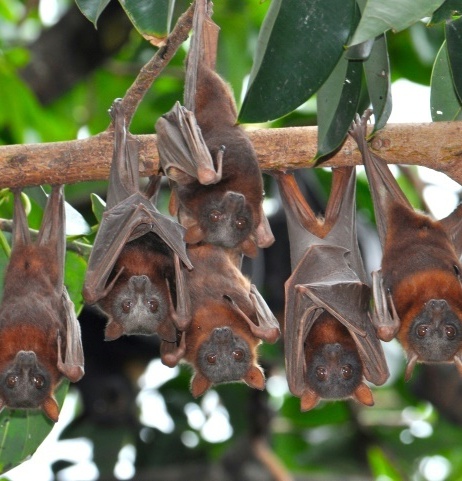Beauty is only skin deep: how science snubs ‘ugly’ animals
Twitching rodents and 'ugly’ bats are subject to less research than 'cute’ koalas and kangaroos, according to a new report. The bias towards more attractive creatures means that while 'ugly’ animals make up 45% of Australia’s native fauna, they are rarely subject to intense scientific scrutiny and funding, showed a study to be published in Mammal Review. Researcher Trish Fleming said once mammals were classed as 'good’ (such as kangaroos, echidnas and koalas), 'bad’ (introduced species including cats and rabbits) or 'ugly’ (native bats and rodents), the latter group had very little written about it.
Australians are probably surprised to know how many species of native bats and rodents we have. We know so little about them, we tend to ignore them completely. But everyone knows what a koala and kangaroo looks like.
Trish Fleming, at Western Australia’s Murdoch University
Fleming, a wildlife biologist at Western Australia’s Murdoch University, said this bias had a potential impact on conservation, with an incomplete understanding of the importance of these often small and nocturnal animals on ecosystems making them more vulnerable. "The major problem is that if you don’t know anything about their biology you could manage their environment in a way that’s detrimental to them,“ she said. Fleming said while global and national conservation funding largely overlooked the 'ugly’ species – which include hairy rodents and the carnivorous ghost bat with its oversized, fleshy ears and sharp teeth – these were the ones arguably most in need of research.
We need to document observations of their diets, habitat selection, space use and reproduction in order to identify threats and management options.
Trish Fleming

ugly animals